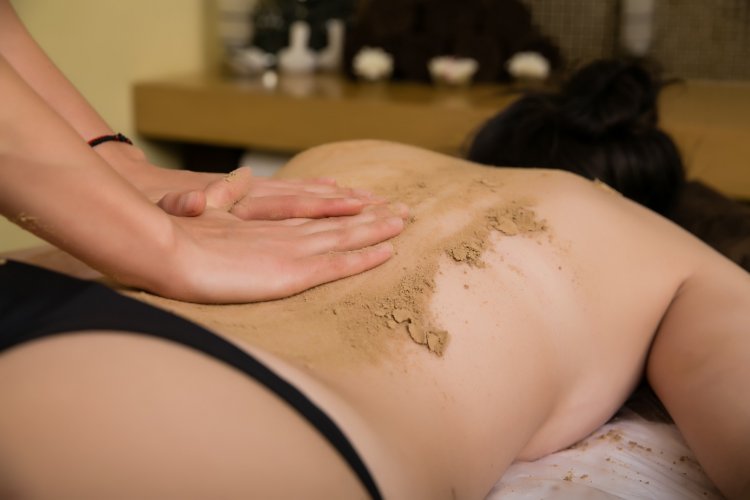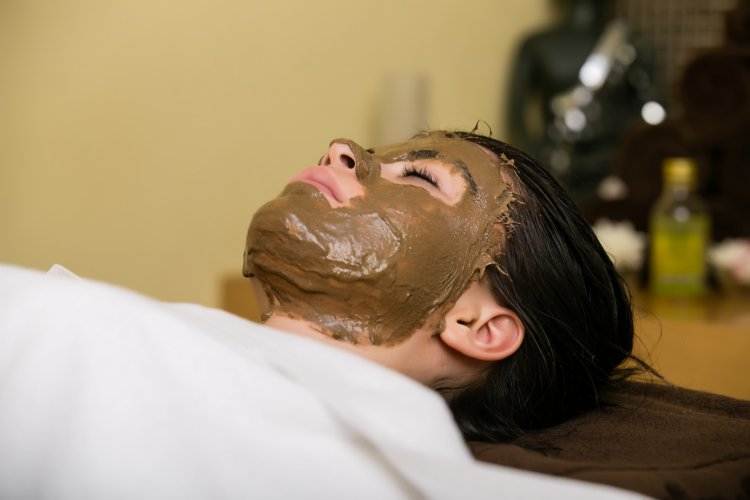Sanskrit "Ayurveda" means "a science of life and longevity," but Vedic knowledge is not only science, not only a philosophy, but a common whole that gives us knowledge of health, life, and teaches self-awareness.
Ayurveda is the art of learning to live in harmony with nature and its laws. It includes knowledge and practical wisdom that lead us to the healing of both our souls and our bodies. The goals and tasks of Vedic Science are to maintain the balance and health of the healthy person, and to treat the patient with the help of natural resources.
What is Ayurveda?
Ayurveda is an ancient science that encompasses all aspects of life and connects the life of every person with life in the universe. According to the Vedic science, each of us is part of the creation of cosmic energy and at the same time is an individual, unique personality. Everyone has his own personality created at the moment of our conception through the universal energies – ether, air, water, fire and earth, which form a certain set of qualities. Today we would say that this is a kind of "work plan" of the human genetic code, but for ancient science, Ayurveda, these are practices that do not change throughout our lives. This is our unique energy model, the combination of our mental, physical and emotional characteristics.

Ayurvedic medicine is based on the knowledge of man's individual characteristics and helps him to build a lifestyle that is best suited to his health.
The Vedic methods of treatment take into account all levels of life – mind, body, spirit, and the relationship between them, and ways of restoring balance include diet, exercise, rest and relaxation, breathing exercises, herbal treatments, and Various body and mind purifying procedures such as Purvakarma and Panchakarma.
What is Purvakarma?
Purvakarma and Pancakarma are one of the most effective and popular methods of purification and detoxification applied in Ayurveda.
These two methods are interrelated, and without the preconditioning of the body (Purvakarma), the Pancaharma purification procedure can not be applied.
Purvakarma aims to relax the body in order to prepare it for Panchakarma's cleansing procedures.
The main procedures that Ayurvedic doctors include in Purvakarma are:
* Snowing (internal and external lubrication)
This is a whole body of Ayurvedic oil massage with cold pressed sesame, mustard or coconut oil. The combination of oils is selected according to the individual needs of the patient. (For even greater effect, a few drops of heretical oil are added to the regular oil). For internal oiling, the most commonly "ghi" or "tikta ghrita" is used.
Snehana helps relax the body and muscles, eliminate fatigue, speed up toxin release from the body, beautify, and most of all, normalize the three doses.
* Sweet (warm up)
The types of heating used in the Purvakarma are two – Nadi Sevana and Bashpa Sevana.
With Nadi Sevanna, hot steam is directed to certain places on the patient's body like the spine, joints, and so on.
Bashpa Savannah is a steam bath and at this preparatory stage the patient stays in a steam sauna of herbal infusions. Staying in the sauna pulls out all the toxins in the body and helps them get rid of them much faster. Steam bath is not recommended for people who have heart problems or high blood pressure.

* Pinda – Sveda
The body is rubbed lightly and gently with warm balls filled with rice cooked in milk and special herbs. Massaging with warm balls causes sweating, relaxes the body and soothes the nervous system.
* Shirodara
In this vaginal procedure, a thin stream of oil is poured onto the third eye of the patient. Shirodara is a very effective procedure for restoring emotional balance, mental state, and clarifying the mind.
* Pichinchhalli – a very efficient procedure where she performs energetic massage with bags filled with rice while simultaneously pouring oil on the body. In this way the oil is rubbed faster into the body. Massage is very pleasant, relaxing and helps with degenerative diseases.
In some specific diseases, Ayurveda recommends a few other options of a spinal cord like a stopper, she was slowed down, she was busy, she was worn down. All of these additional procedures from Purvarkarma are used to warm up the body, remove toxins and enhance the circulation of body fluids.
Only after the body is prepared for internal cleansing can it proceed to Panchakarma.
What is Panchakarma?
In a few words … Panchakarma is a Vedic procedure that cleanses the body from the accumulated toxins and restores balance in the body. Purifying procedures have a beneficial effect on restoring the harmony between body and nature.
Stages of Panchakarma
* Vomana or healing vomiting. Vamana aims to remove a stomach from the stomach – the place where this energy accumulates the most.
* Vicious or lax therapy is Panchakarma's 2nd step. Viceroy aims to remove the enlarged intestinal tract from the intestine, liver, spleen, and so on.
* Nirja Basty is called the third stage of internal cleansing and, in general, it is a "healing cleansing enema". Nirja Basty removes the accumulated wad in the colon.
Nasia – Healing head scrub. In this procedure, healing oils are introduced through the nose.
* Rackhawk – healing blood. This procedure is rarely used by licensed Ayurvedic doctors.
The two treatment procedures – Purvakarma and Panchakarma help to treat a large number of diseases and restore balance in the body.

According to Ayurveda, in his life, one person passes four "purushartas" – Dharma, Arta, Kama and Moksha. If he succeeds in passing through them all will achieve complete balance, health, knowledge and longer life.
Not only in Vedic science is the four dimensions that are present in our lives. Studies on the physical, economic, spiritual and emotional aspects of human life are numerous, but Ayurveda alone shows us the sequence of stages we have to go through to achieve this desired balance in our lives.
Dharma, Arta, Kama and Moksha – the four reasons that are interconnected and that make us move forward
Dharma – In general, the term means "moral principles, actions in accordance with natural and universal attitudes". Dharma is something to be chosen, accomplished, or fulfilled. Put another way – these are our duties. Dharma is not measured by our perceptions of good or evil, but exists in the context of the natural principles of life.
Artha – this purushartas refers to our mind and the pursuit of financial prosperity.
Kama is the emotional aspect of our lives. Kama is responsible for our emotions and feelings and for satisfying our desires.
Moksha is responsible for the spiritual component. Moksha is the most difficult to achieve, and is often overlooked most.
In Ayurveda, the four Purushartas – Dharma, Arta, Kama and Moksha are interconnected and each person passes through them. According to Vedic science, if one achieves Dharma (he improvises and works diligently), he will be able to realize and receive greater financial benefits (Artha). If he passes through Dharma and Artha, then he can satisfy most of his wishes (Kama) and eventually reach complete spiritual perfection (Moksha).
In order to pass all the purusparty, one must be healthy and cared for his belongings to be in balance. A balance is only achieved if we live in harmony with ourselves, the surroundings and nature. Unfortunately, this harmony is difficult in our day, and then we come to help with procedures such as Purvakarma and Panchakarma, which restore the balance of our beds.
And more…
Ayurveda is not as much a medical system as a way of life. It is a science that is based on the fact that our life has its purpose. Vedic science helps us find our unique way of living our lives, going our way and living harmoniously and consciously.


0 Comments